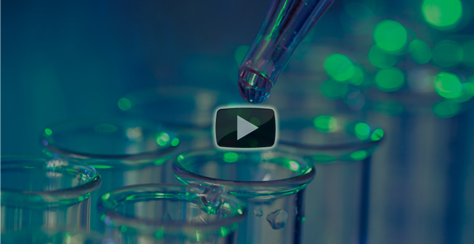

The integument (skin) is the largest organ in the body. It is also the most readily injured organ in the body. Although most integumentary injuries can be treated with a Band-Aid™, severe burns and diabetic ulcers are a few skin conditions that require more advanced treatment.
Burns
A burn is defined by tissue damage inflicted on the skin and other tissues caused by heat, radiation, friction, or chemical means. First and second degree burns only impact the skin, and can often be treated at home with over-the-counter items. However, if the burn covers a large enough portion of skin, or if it is a deeper, third degree burn, it may require medical attention. The American Burn Association estimates that over 450,000 individuals received medical treatment for burn injuries last year. Of these, 40,000 required hospitalization.
Third degree burns make the body susceptible to infection and dehydration. Patients must be put on fluid and antimicrobial IVs. In order to replace lost skin, surgeons may remove a portion of skin from a healthy region of the body, and graft it to the burnt region. Synthetic skin can also be utilized. Both of these techniques depend on the body to synthesis new skin rapidly though, and sometimes synthetic grafts can be rejected. For these reasons, approximately 3,400 burn injury deaths occur per year.
Diabetic Ulcers
Diabetic foot ulcers occur in approximately 15% of patients with diabetes, and are the leading cause of non-traumatic lower extremity amputations in the US. These ulcers are a complication of diabetes caused by numbness in the extremities and poor circulation. Due to a lack of sensation, the patient will injure the foot, or drag it when walking, causing integumentary damage. Since the patient cannot feel their foot, the injury will go untreated and an ulcer will develop. Often, patients will learn of the ulcer due to drainage in their socks.
Treatment for diabetic ulcers is similar to conventional wound treatment. Anti-microbials in case of infection, elevation and wound dressings are utilized to prevent infection and allow the body to heal. Debridement, the removal of dead skin and tissue, is used when necrosis has occurred around the ulcer. However, if the ulcer is caught too late, or none of these treatments are effective, surgical intervention is necessary to prevent further spread of infection.
Pyxis Research
Pyxis Biologix is currently researching ways to successfully and rapidly heal integumentary damage. We research proprietary peptides that communicate with the body, and stimulate repair in all tissue types. Improved capillary growth and circulation has been observed, and studies also indicate anti-microbial, analgesic and anti-inflammatory effects. These compounds have the potential to prevent infection in open wounds, and significantly decrease the recovery period for severe burns and diabetic ulcers.